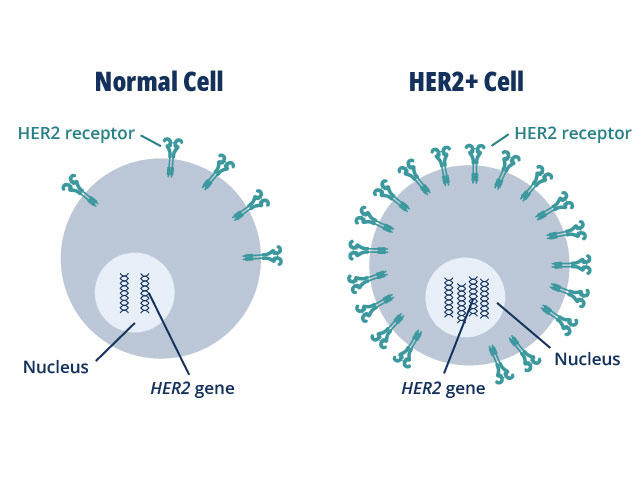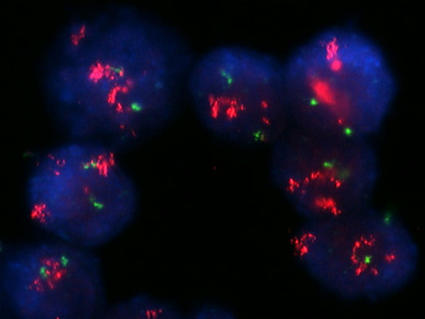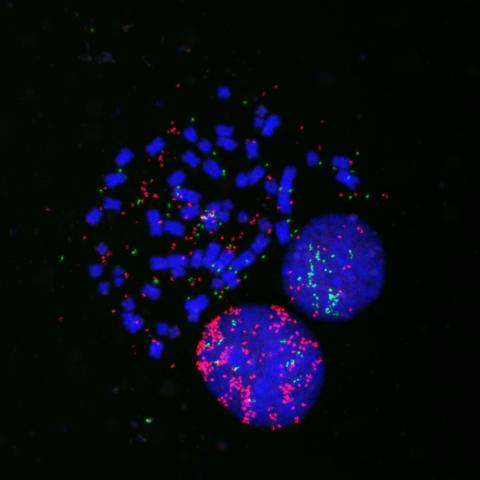A new study takes an important step forward in understanding the relationship of gut bacteria to what we eat and how we feel
Research has long suggested a link between our diet and our mental health. The gut microbiome — the collective genome of trillions of bacteria that live in the intestinal tract that are created largely by what we eat and drink — appears to influence our mood and mind-set.
But human studies large enough to pinpoint what bacteria matter, if they matter at all, have been missing.
That’s slowly changing. The largest analysis of depression and the gut microbiome to date, published in December, found several types of bacteria notably increased or decreased in people with symptoms of depression.
“This study provides some real-life evidence that you are what you eat,” says study author Andre Uitterlinden, who researches genetics at Erasmus Medical Centre in Rotterdam, Netherlands.
Or to be exact, how you feel is closely related to what you consume.
The gut-brain axis
The gastrointestinal system has been featured in brain research for centuries. In the early 1800s, John Abernethy, a popular London physician, held that “gastric derangement” was the root of all mental disorders.
And gastrointestinal symptoms often are reported in people with psychiatric illness. Weight and appetite changes are common among people with depression, from adolescence to older age. Anxiety has been tied to a heightened risk of nausea, heartburn, diarrhea and constipation. The link between food and mood is there even when we reach for macaroni and cheese to comfort us during a stressful time.
Interest in the gut-brain axis has had a resurgence in the past 20 years. A host of studies has pointed to a connection between the microbiota living in our intestinal tract, and our minds, including our memory, mood and cognitive skills.
Such research has spawned an industry of probiotics, prebiotics and fermented everything. Scientific names like bacteroidetes and lactobacillus, two of the most common bacteria found in healthy humans, have become household terms.
The best foods to feed your gut microbiome
The health trend has gotten a bit ahead of the evidence. Most of the studies linking depression and the gut, for example, have been in animals and studies involving human participants have been small.
Still, the evidence thus far shows a link between the two. In one noteworthy study, entitled “Transferring the Blues,” bacteria-free rats given fecal samples from humans diagnosed with major depression became anxious and disinterested in pleasurable activities. Their metabolism of tryptophan, a chemical connected to depression, changed. But the mechanics behind the microbe-mood pathway — and which bacteria matter — has been harder to uncover.
Bacteria that predict depressive symptoms
This new study moves that needle, largely because of its size. The investigators, led by Najaf Amin, who researches population health at Oxford University, analyzed data from the Rotterdam Study, a decades-long effort to understand the health of the local population.
Amin and her colleagues focused specifically on a phase of this study that included fecal sample collection from more than 1,000 individuals. These participants also provided a self-report on depression using a 20-item assessment.
The researchers parsed the data for associations between the bacteria populations in the fecal samples with scores from the depression assessment. They then conducted the same tests using data from another 1,539 Dutch citizens encompassing a range of ethnicities. (Validating the findings from one large group in a second large group makes them particularly reliable.)
The analysis revealed 16 types of bacteria that the authors called “important predictors” of depressive symptoms to varying degrees. For example, the study, published in Nature Communications, found a depletion of Eubacterium ventriosum among people who were depressed. Interestingly, this same decrease has been spotted in microbiome studies of traumatic brain injury and obesity, both of which are tied to depression, supporting the notion that this species of bacteria has something to do with this mood disorder.
Immigrants arrive with flourishing gut microbes. Then America’s diet trashes them.
The study authors also took a stab at answering the big question: Do any particular gut flora cause depression? It’s a tricky proposition. Major depression disorder has been linked to more than 80 different genetic mutations and all of these connections are weak.
“There’s no gene that causes depression,” said Jane Foster, professor of psychiatry at UT Southwestern, who studies the gut-brain connection and was not involved with this study.
Technology to clearly establish causation does not exist. So the researchers turned to a crafty statistical calculation known as Mendelian randomization, which can tease out the direction of an influence when the gene-disease connection is strong. That’s not the case with depression, which makes the calculation here interesting but not necessarily useful.
Still, the calculation did point to an abundance of one bacteria — Eggerthella — in people with depression as a possible cause of depressive symptoms. The finding didn’t surprise Amin.
Eggerthella, she notes, “is found to be consistently increased in abundance in the guts of depressed individuals.” The result provides evidence that changes in the gut flora may trigger depressive symptoms. “We cannot exclude our own DNA as a contributing source,” Foster said. “It’s a combination of the DNA you were born with, your experiences in life to date, and your environment.”
Whether the flora cause the depression or vice versa may be beside the point. “Causation isn’t a one-way street,” said Jack Gilbert, who directs the Microbiome and Metagenomics Center at the University of California at San Diego, and was not involved with the new study.
Rather, the gut and brain cycle together. For instance, it appears that comfort eating after a stressful event can change the microbial community in our intestines, which in turn exacerbates depressed feelings.
What is clear, Gilbert said, is that when we are depressed, the gut microbiome is often missing beneficial flora. “If we can add those elements back in,” Gilbert said, “maybe we can re-energize that cycle.”
Changing your diet to improve your mood
This is where diet enters the picture. An individual who does not consume enough fiber, for example, may experience a decrease in butyrate-producing bacteria, Amin said, leading to stress and inflammation and, potentially, symptoms of depression.
It may feel like a letdown that the message from all this work is to eat plenty of fruits and vegetables and not so much excess sugar. But the sheer amount of research confirming the power of a healthy gut has become undeniable for even the most hard-bitten skeptic, Gilbert included.
“When the evidence points to the fact that eating healthy, doing a little bit of exercise and taking mindfulness breaks can have benefits, we should probably listen to that data,” he says.
Eating fiber alters the microbiome. It may boost cancer treatment, too.
Research is slowly illuminating exactly how bacteria talk to the brain. For example, many of them produce short-chain fatty acids such as butyrate and acetate, which influence brain activity. Others generate a chemical called GABA, deficits of which are linked to depression.
This progress means that diet may not be the only way to improve our gut colonies. The use of probiotics to prevent and treat depression could become more of an exact science, leading eventually to effective alternatives to antidepressants, which, Gilbert points out, still carry a stigma in many communities.
And profiling the bacteria could help identify people at risk for depression, notes Foster. Her lab is searching for signs among gut flora indicating what drug is most likely to benefit someone suffering from depression.
All this research has convinced Uitterlinden that adopting a gut-improving diet comes with just one significant side effect. “You’ll get happier,” he said.







 © Muscle & Fitness
© Muscle & Fitness © Nerdist
© Nerdist © brucelee
© brucelee © visitseattle
© visitseattle © insidehoops
© insidehoops © Kung-fu Kingdom
© Kung-fu Kingdom © Muscle & Fitness
© Muscle & Fitness © Nerdist
© Nerdist © brucelee
© brucelee © visitseattle
© visitseattle © insidehoops
© insidehoops © Kung-fu Kingdom
© Kung-fu Kingdom © Muscle & Fitness
© Muscle & Fitness © Nerdist
© Nerdist © brucelee
© brucelee © visitseattle
© visitseattle © insidehoops
© insidehoops © Kung-fu Kingdom
© Kung-fu Kingdom © Muscle & Fitness
© Muscle & Fitness © Nerdist
© Nerdist © brucelee
© brucelee